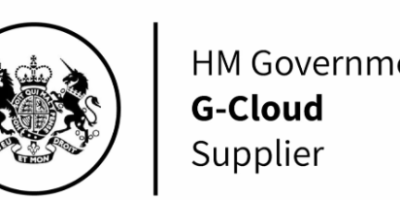In the vast ocean of business, navigating through turbulent waters demands more than just a sturdy ship; it requires a keen understanding of the risks lurking beneath the surface. In today’s dynamic environment, where uncertainties are the norm rather than the exception, mastering the art of risk management is paramount. Whether you’re steering a multinational corporation or charting the course for a startup, adopting a strategic approach to risk management can mean the difference between smooth sailing and shipwreck. Here are the essential steps to take when critically thinking about risk management:
- Identify and Assess Risks: The first step in effective risk management is to identify and assess potential risks. This involves a thorough analysis of internal and external factors that could impact your organisation’s objectives. Conducting risk assessments, scenario planning, and SWOT (Strengths, Weaknesses, Opportunities, Threats) analysis can help in recognising risks early on and understanding their potential impact.
- Establish Risk Tolerance: Every organisation has its own risk tolerance level – the amount of risk it is willing to accept in pursuit of its goals. Establishing clear risk tolerance criteria helps in prioritising risks and allocating resources accordingly. This involves aligning risk management strategies with organisational objectives and stakeholders’ expectations.
- Develop Risk Mitigation Strategies: Once risks are identified and assessed, the next step is to develop robust risk mitigation strategies. This may involve implementing controls, transferring risks through insurance or outsourcing, avoiding certain activities altogether, or accepting the risks with contingency plans in place. The key is to tailor mitigation strategies to the specific nature and severity of each risk.
- Monitor and Review: Risk management is not a one-time exercise but an ongoing process that requires constant monitoring and review. Regularly assessing the effectiveness of risk mitigation measurescontrols, tracking changes in the risk landscape, and adapting strategies accordingly are crucial for staying ahead of emerging threats.
- Cultivate a Risk-Aware Culture: Effective risk management is not just the responsibility of a few individuals or departments; it requires a collective effort across the organisation. Cultivating a risk-aware culture involves fostering open communication, promoting accountability, and encouraging proactive risk identification and reporting at all levels. Employees should be empowered to raise concerns and contribute to the continuous improvement of risk management practices.
- Integrate Risk Management into Decision-Making: Risk management should be integrated into all aspects of decision-making processes, from strategic planning to day-to-day operations. This means considering potential risks and their implications when evaluating opportunities, making resource allocations, and setting objectives. By embedding risk management into the fabric of the organisation, it becomes a natural part of how business is conducted rather than an afterthought.
- Stay Informed and Adaptive: In a rapidly changing world, staying informed about emerging risks and industry trends is essential for effective risk management. This requires keeping abreast of market developments, regulatory changes, and technological advancements that could impact your organisation’s risk profile. Being adaptive and responsive to new challenges ensures that your risk management strategies remain relevant and effective over time.
In conclusion, mastering the art of risk management requires a strategic mindset, proactive approach, and a commitment to continuous improvement. By following these steps and integrating risk management into the fabric of your organisation, you can navigate through uncertainties with confidence and steer towards success. After all, in the words of Warren Buffett, “Risk comes from not knowing what you’re doing.” So, equip yourself with knowledge, foresight, and resilience to sail through the unpredictable waters of business with ease.








